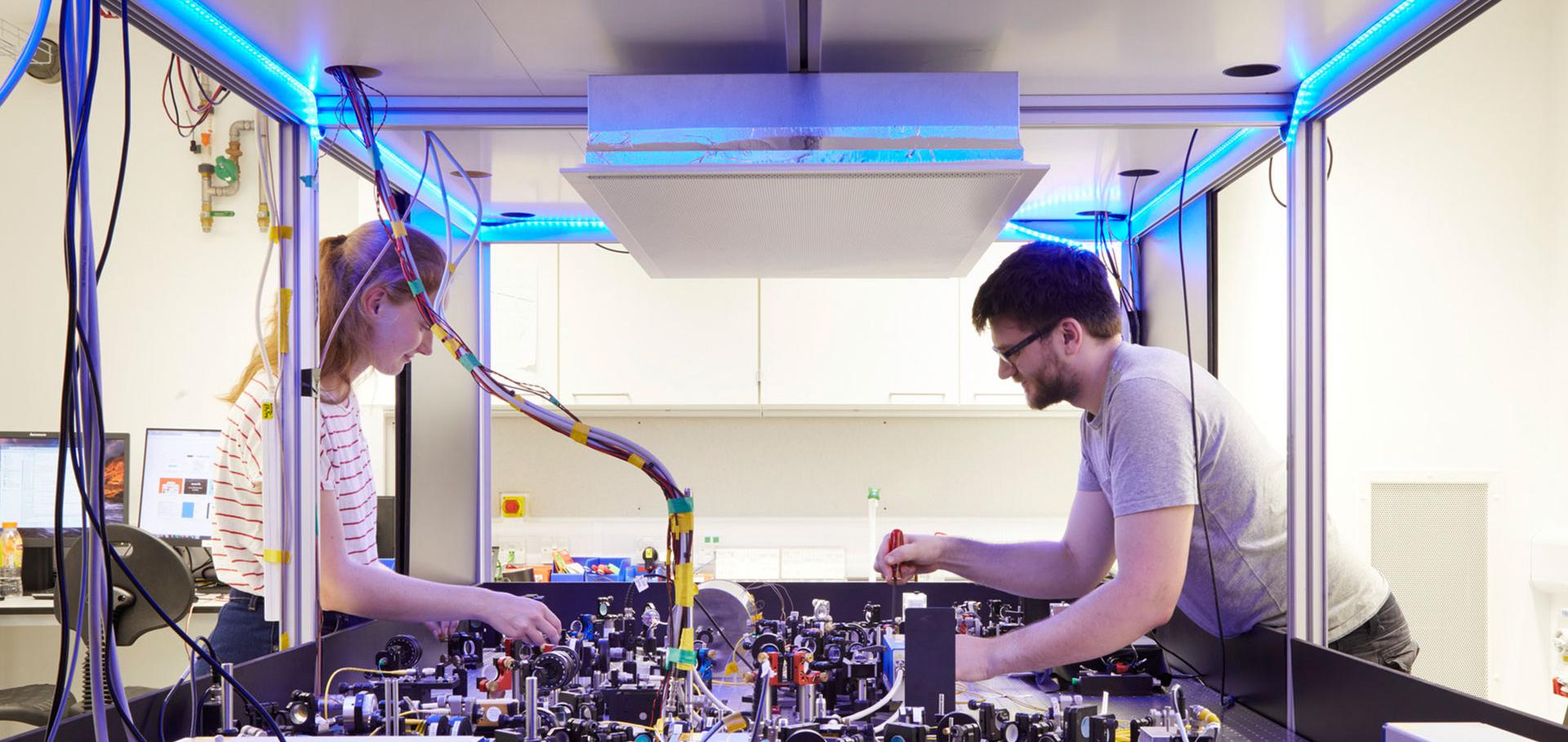The Groningen radiocarbon series from Tel Rehov: Oxcal bayesian computations for the iron IB-IIA boundary and iron IIA destruction events
Chapter in The Bible and Radiocarbon Dating: Archaeology, Text and Science, (2005) 271-293
Abstract:
The stratified series of Iron Age radiocarbon dates from Tel Reh?ov, based on short-lived samples, measured in Groningen, is the most detailed and dense chronometric record currently available for the Levant in this period. The more detailed IntCal98 calibration curve was used, though some comparisons were made with the smoothed IntCal04 curve. The current Bayesian stratigraphic model for Tel Reh?ov gave a number of significant results. The data strongly favour an early Iron Age IB-IIA transition, as the statistically sampled boundary in the 1s range is 992-961 BCE (68.2%). Considering the 2s range, the older time option, 998-957 BCE, further increases in probability to 75.2%, but a second option also appears, 953-921 BCE, albeit with a significantly lower relative probability of 20.2%. Our Bayesian model was also tested with the IntCal04 calibration curve, which gave similar but slightly older results: the 1s range is 993-961 BCE (68.2%) and the 2s range is 1001-927 BCE (95.4%). The peak probability remains the same at ca. 970 BCE. The Stratum VI dates have the most likely position within the 1s range 971-958 BCE (62.4%). The City of Stratum V had a possible duration of 26 to 46 years, in the 1s and 2s ranges, respectively. The 1s sampled destruction of City V is 924-902 BCE (68.2%). This time range could fit a possible association with the Asian campaign of Shoshenq I (Shishak), solely based on Egyptian criteria (see Shortland [Chapter 4, this volume]). Running the Bayesian model with the IntCal04 calibration curve yielded a slightly older date in the 1s range: 929-906 BCE (68.2%). The latter range does include the date 925 BCE for the Shoshenq campaign as suggested by Kitchen (1986, 2000). The City of Stratum IV had a possible duration of 28-55 years, in the 1s and 2s ranges, respectively. The 1s sampled destruction of City IV is 903-892 (13.4%), 885-845 BCE (54.8%). Thus, the Bayesian statistical computation results of the Tel Reh?ov stratigraphic model generally strengthen earlier conclusions concerning a revised traditional chronology, and do not indicate support for the low chronology viewpoint.Dating the volcanic eruption at Thera
Radiocarbon 46:1 (2004) 325-344
Abstract:
The eruption of the volcano at Thera (Santorini) in the Aegean Sea undoubtedly had a profound influence on the civilizations of the surrounding region. The date of the eruption has been a subject of much controversy because it must be linked into the established and intricate archaeological phasings of both the prehistoric Aegean and the wider east Mediterranean. Radiocarbon dating of material from the volcanic destruction layer itself can provide some evidence for the date of the eruption, but because of the shape of the calibration curve for the relevant period, the value of such dates relies on there being no biases in the data sets. However, by dating the material from phases earlier and later than the eruption, some of the problems of the calibration data set can be circumvented and the chronology for the region can be resolved with more certainty. In this paper, we draw together the evidence we have accumulated so far, including new data on the destruction layer itself and for the preceding cultural horizon at Thera, and from associated layers at Miletos in western Turkey. Using Bayesian models to synthesize the data and to identify outliers, we conclude from the most reliable 14C evidence (and using the INTCAL98 calibration data set) that the eruption of Thera occurred between 1663 and 1599 BC.Improvements to the pretreatment of bone at Oxford
Radiocarbon 46:1 (2004) 155-163
Abstract:
Bone is one of the most widely used materials for dating archaeological activity. It is also relatively difficult to pretreat effectively and new methods are an area of active research. The purpose of the chemical pretreatment of bone is to remove contaminants present from burial and to do so in a way which does not add any additional laboratory contaminant. To some extent, these two aims must be balanced since, on the whole, the more complex the procedure and the more steps included, the greater the chance for contamination. At the Oxford Radiocarbon Accelerator Unit (ORAU), the method used is a continuous-flow or manual acid/base/acid (ABA) treatment followed by gelatinization and ultrafiltration (based on Brown et al. [1988]; documented in Bronk Ramsey et al. [2000]). We find this overall method is very effective at removing more recent contamination in old bones. However, two aspects of the method have recently been improved and are reported here: the redesign of ORAU's continuous flow pretreatment and a new protocol in our pretreatment ultrafiltration stage.IntCal04 terrestrial radiocarbon age calibration, 0-26 cal kyr BP
Radiocarbon 46:3 (2004) 1029-1058
Abstract:
A new calibration curve for the conversion of radiocarbon ages to calibrated (cal) ages has been constructed and internationally ratified to replace IntCal98, which extended from 0-24 cal kyr BP (Before Present, 0 cal BP = AD 1950). The new calibration data set for terrestrial samples extends from 0-26 cal kyr BP, but with much higher resolution beyond 11.4 cal kyr BP than IntCal98. Dendrochronologically-dated tree-ring samples cover the period from 0-12.4 cal kyr BP. Beyond the end of the tree rings, data from marine records (corals and foraminifera) are converted to the atmospheric equivalent with a site-specific marine reservoir correction to provide terrestrial calibration from 12.4-26.0 cal kyr BP. A substantial enhancement relative to IntCal98 is the introduction of a coherent statistical approach based on a random walk model, which takes into account the uncertainty in both the calendar age and the 14C age to calculate the underlying calibration curve (Buck and Blackwell, this issue). The tree-ring data sets, sources of uncertainty, and regional offsets are discussed here. The marine data sets and calibration curve for marine samples from the surface mixed layer (Marine04) are discussed in brief, but details are presented in Hughen et al. (this issue a). We do not make a recommendation for calibration beyond 26 cal kyr BP at this time; however, potential calibration data sets are compared in another paper (van der Plicht et al., this issue). © 2004 by the Arizona Board of Regents on behalf of the University of Arizona.Marine04 marine radiocarbon age calibration, 0-26 cal kyr BP
Radiocarbon 46:3 (2004) 1059-1086


